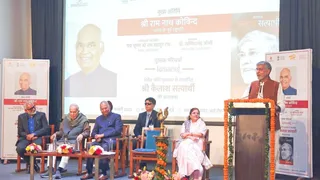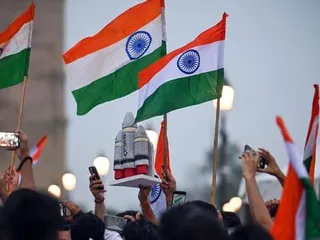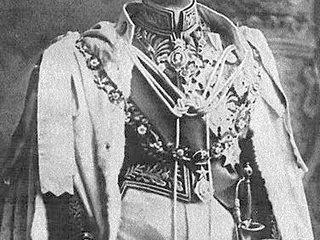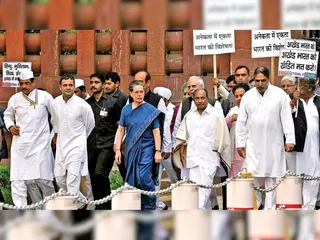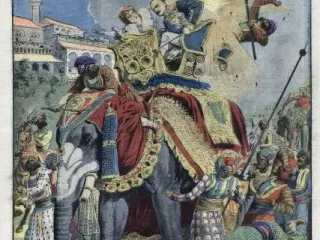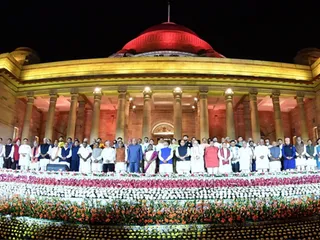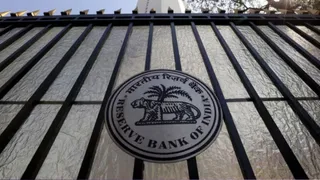The Swadeshi Movement, a significant chapter in India's struggle for independence, was a powerful expression of Indian nationalism that unfolded primarily between 1905 and 1908. Triggered by the controversial Partition of Bengal by the British government in 1905, it transcended mere political opposition, becoming a mass movement encompassing economic, social, and cultural dimensions. The movement aimed to promote indigenous industries, boycott British goods, and foster a sense of self-reliance (Swaraj) among Indians.
The Spark: Partition of Bengal
The Partition of Bengal, ostensibly for administrative efficiency, was widely perceived as a 'divide and rule' tactic by the British to weaken Bengali nationalism. This perceived affront sparked widespread outrage and ignited the Swadeshi Movement. The decision united diverse groups, including intellectuals, students, and the burgeoning Indian middle class, under a common banner of resistance.
Key Figures and Strategies
The movement saw the rise of prominent nationalist leaders like Bal Gangadhar Tilak, Lala Lajpat Rai, Gopal Krishna Gokhale, and Aurobindo Ghosh. Their leadership shaped the movement's direction and strategies. Key strategies included:
- Boycott of British goods: This was a cornerstone of the movement. Indians were urged to abstain from purchasing British textiles, manufactured goods, and services. The promotion of khadi (hand-spun cloth) became a potent symbol of both economic self-sufficiency and political defiance.
- Promotion of Swadeshi industries: The movement fostered the growth of indigenous industries, encouraging the production and consumption of Indian-made goods. This aimed not only to weaken the British economy but also to build India's own industrial capacity.
- National education: The movement emphasized the importance of national education, advocating for the establishment of educational institutions that promoted Indian culture and values, independent of British influence.
- Swaraj: The ultimate goal of the movement was Swaraj—self-rule. While the path to achieving it varied among leaders, the movement laid the foundation for a more assertive and organized struggle for independence.
Impact and Legacy
While the Swadeshi Movement didn't immediately achieve full independence, its impact was profound. It marked a significant shift in Indian nationalism, moving from elite-led petitions and protests to a mass movement involving a broader spectrum of the population. The movement fostered a sense of collective Indian identity and strengthened the bonds of unity among various communities across the country. The emphasis on self-reliance and the promotion of indigenous industries left a lasting legacy, shaping India's economic and political landscape for years to come. The boycott of British goods, though not always completely effective, demonstrated the potential power of non-violent resistance, a strategy later championed by Mahatma Gandhi.
Long-Term Significance
The Swadeshi Movement is remembered not just for its immediate impact but also for its long-term contributions to India's struggle for independence. It demonstrated the power of mass mobilization, the importance of economic self-sufficiency, and the enduring spirit of Indian nationalism. It paved the way for more organized and widespread resistance in the years that followed, eventually culminating in India's independence in 1947.

